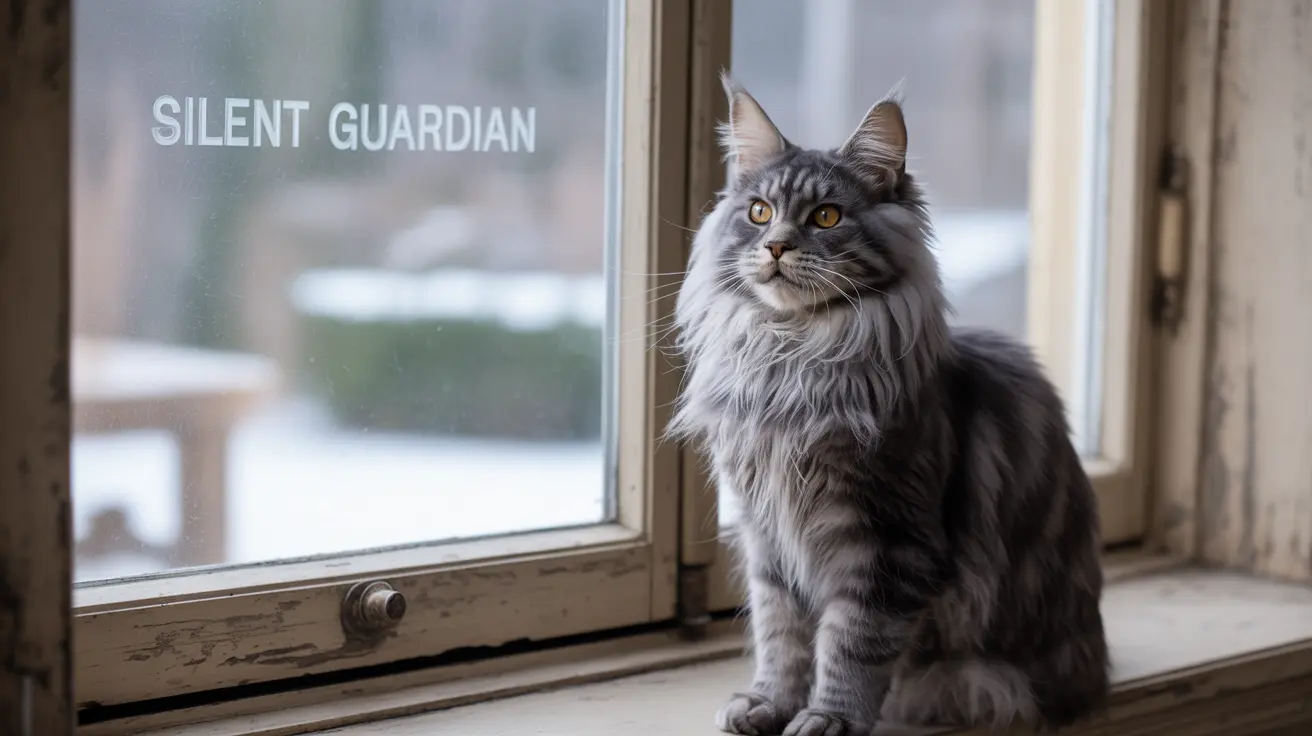When you picture a majestic Maine Coon or a wild lynx, one of their most striking features is often those distinctive tufts of fur protruding from their ear tips. These eye-catching features, known as ear tufts or lynx tips, have fascinated cat lovers for generations. However, contrary to popular belief, not all cats possess these elegant ear accessories.
In this comprehensive guide, we'll explore the fascinating world of cat ear tufts, examining which cats have them, their biological purpose, and why some breeds display this distinctive feature while others don't.
Understanding Cat Ear Tufts vs. Ear Furnishings
Before diving deeper, it's crucial to understand the difference between ear tufts and ear furnishings, as these terms are often confused:
Ear Tufts
These are the distinctive hair spikes that extend from the tips of cats' ears, creating that classic wild or lynx-like appearance. They're not universal among cats and are primarily found in specific breeds.
Ear Furnishings
All cats have ear furnishings, which are the protective hairs growing inside their ear canals. These serve essential functions for every cat, regardless of breed or appearance.
The Biological Purpose of Cat Ear Tufts
Far from being merely decorative, ear tufts serve several important functions:
- Enhanced hearing capabilities by directing sound waves
- Protection against cold temperatures
- Additional sensory input for environmental awareness
- Natural defense against debris and insects
- Possible role in communication with other cats
Cat Breeds Known for Ear Tufts
While not all cats have ear tufts, certain breeds are renowned for this distinctive feature:
- Maine Coon cats
- Norwegian Forest cats
- Siberian cats
- American Curl cats
- Turkish Angora and Van cats
- Some mixed-breed cats with specific genetic inheritance
Caring for Cat Ear Tufts
If your cat has ear tufts, proper care is essential but straightforward:
- Avoid trimming or removing the tufts
- Gently clean if dirty using pet-safe products
- Monitor for signs of matting or infection
- Consider professional grooming for severe tangling
Evolution and Adaptation
The presence of ear tufts often indicates a breed's evolutionary history, particularly in cats whose ancestors lived in cold climates. These tufts provided crucial protection against harsh weather conditions and enhanced survival capabilities in their natural habitats.
Frequently Asked Questions
Do all cats have ear tufts, or are they specific to certain breeds?
No, not all cats have ear tufts. This feature is primarily found in specific breeds like Maine Coons and Norwegian Forest cats, though some mixed-breed cats may also display them due to genetic inheritance.
What is the difference between cat ear tufts and ear furnishings?
Ear tufts are the hair spikes at the ear tips, while ear furnishings are the protective hairs inside the ear canal. All cats have ear furnishings, but only some have ear tufts.
Which cat breeds are most likely to have ear tufts?
Maine Coons, Norwegian Forest cats, Siberian cats, and Turkish Angoras are among the breeds most likely to display prominent ear tufts.
What purposes do ear tufts serve for cats beyond their appearance?
Ear tufts help with sound direction, provide protection against cold weather, assist in environmental awareness, and offer additional protection against debris.
Is it safe to trim or groom my cat's ear tufts?
It's generally not recommended to trim ear tufts as they serve important biological functions. Regular gentle cleaning is sufficient for maintenance.
Understanding the unique characteristics of cat ear tufts helps us appreciate these fascinating features and their role in feline biology. Whether your cat has prominent ear tufts or not, each feline's distinctive traits contribute to their individual charm and personality.






